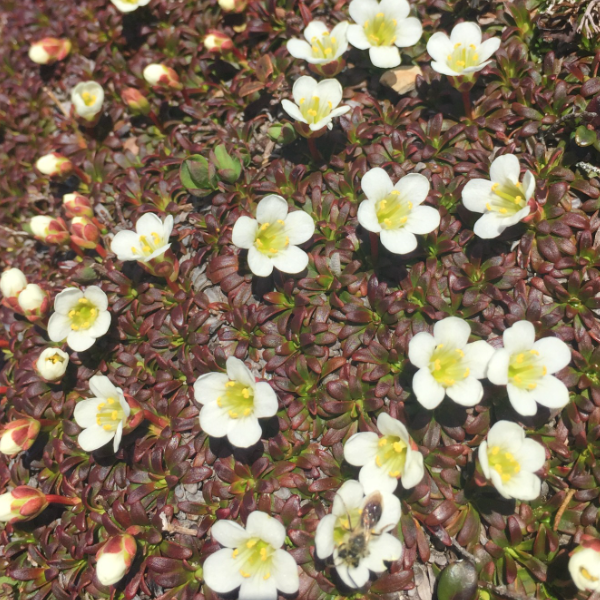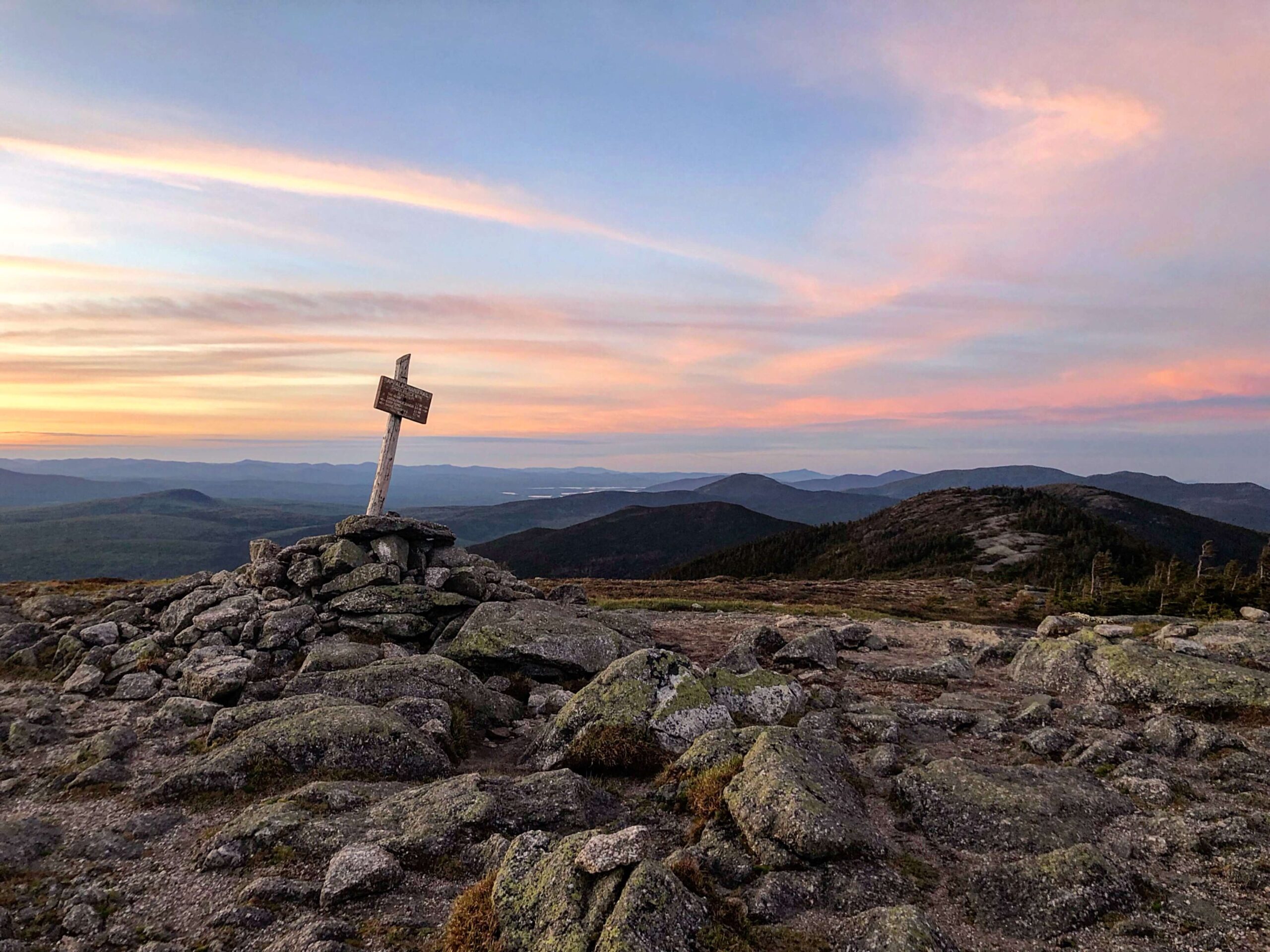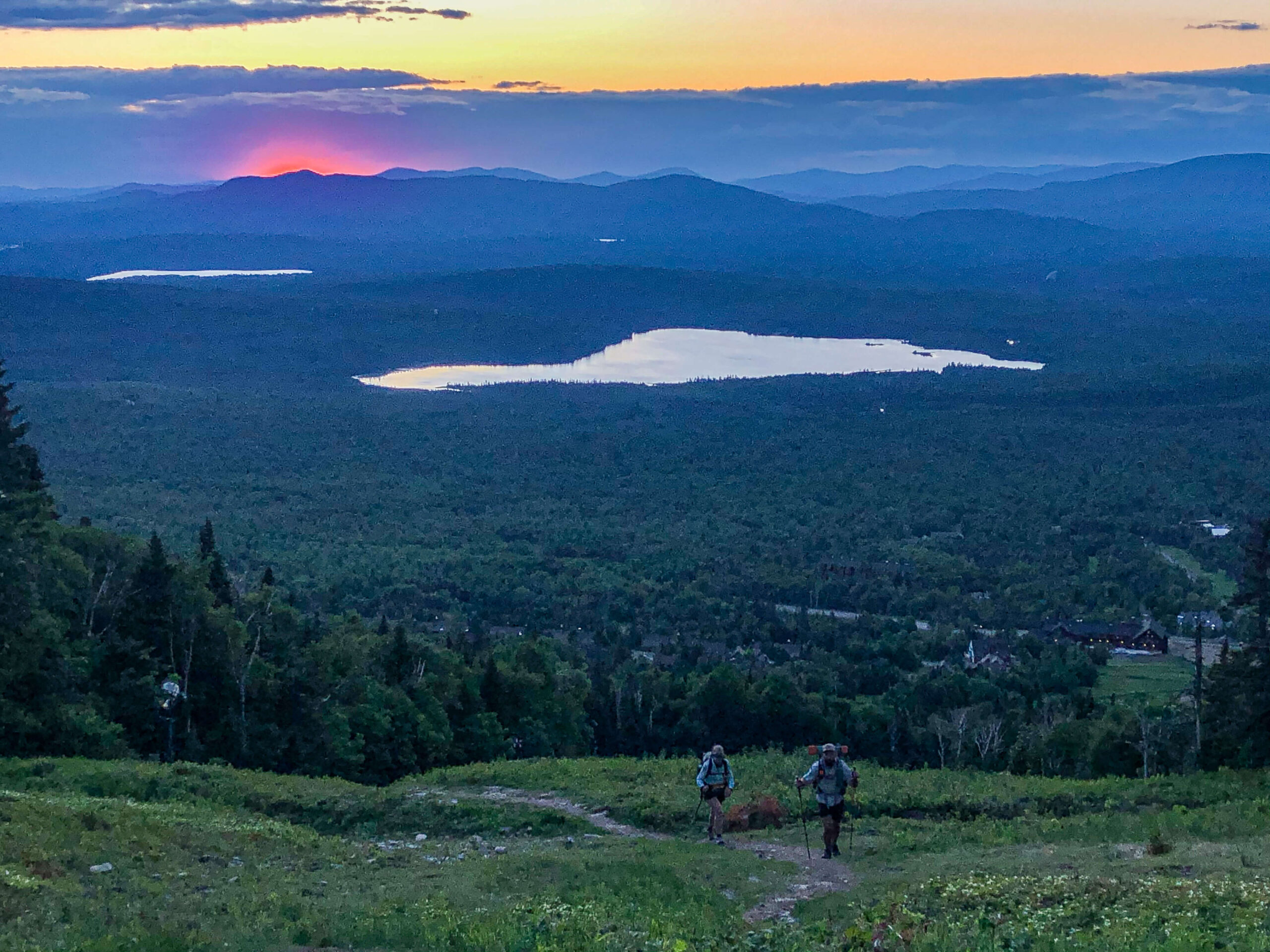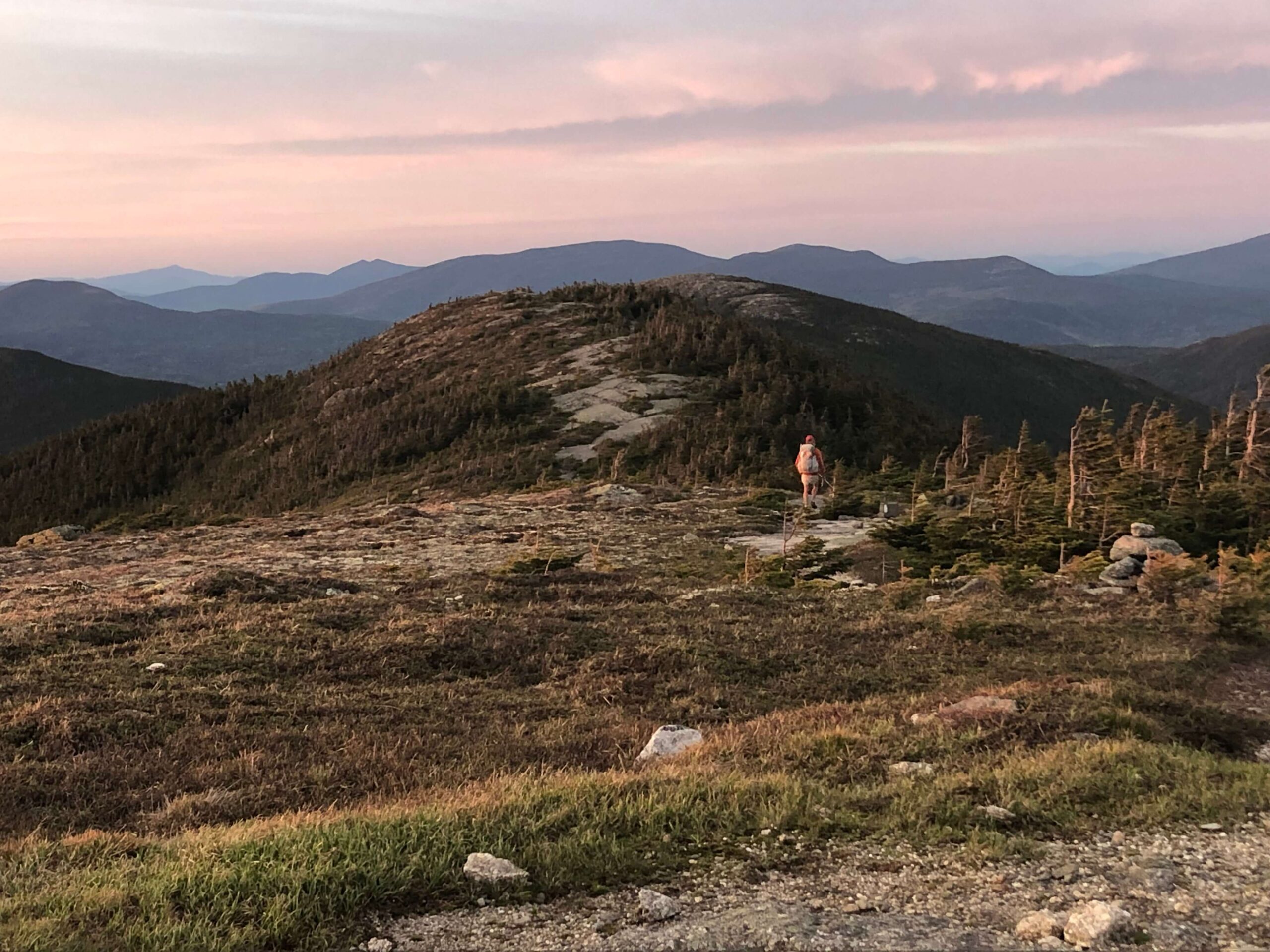Nestled in the breathtaking landscapes of western Maine, Saddleback Mountain offers hikers a remarkable experience. While the majestic peaks and panoramic 360-degree views are undeniably captivating, it is the fragile alpine zone that truly makes Saddleback a natural wonder. If you happen to be caught in a cloud up top, you’ll see that it feels like you’ve entered a whole different world.
Less than 1% of New England’s land area is in the alpine zone. These areas are isolated communities rich in diverse, unique plant and animal species. Due to the harsh mountain weather and geographical isolation, many of the species in these areas are rare or threatened.
species. Due to the harsh mountain weather and geographical isolation, many of the species in these areas are rare or threatened.
Saddleback Mountain is one of the largest alpine zones in Maine. Only Katahdin has more true alpine terrain. This area located above the tree line is a delicate ecosystem that supports a remarkable variety of plant and animal life. The harsh climate, combined with thin and nutrient-poor soil, creates a challenging environment that only the hardiest organisms can thrive in. Kind of like Maine.
Exploring the alpine zone of Saddleback Mountain reveals a world of unique flora and fauna. You’ll encounter a resilient alpine lawn containing bilberry, crowberry, Bigelow’s sedge, tufted highland rush, and rare alpine blueberry. Mosses and lichens cling tenaciously to rocks, adding texture and beauty to the landscape. Do not tread on these species since your single footstep could crush decades of growth.
As you venture higher, you may spot elusive alpine animals like the Snowshoe Hare, the Blackpoll Warbler, or even Bicknell’s Thrush who’ve expertly adapted to survive in this harsh habitat. These small creatures navigate the rocky slopes with agility, while birds serenade visitors with their melodious calls.
It’s crucial to remember that the alpine zone is delicate and easily impacted by human presence. Visitors are encouraged to practice responsible hiking by sticking to designated trails to minimize disturbances to this fragile ecosystem. Tread lightly, avoid trampling on vegetation, and respect the signs protecting sensitive areas. If you pack it in, then pack it out [TP included], don’t pile rocks, and please leash your dog.
It is each of our responsibilities to safeguard the alpine zone of Saddleback Mountain. This way we can ensure the continued existence of its unique flora and fauna. Let us embrace and uncover the secrets hidden within this extraordinary environment as you immerse yourself in the wonders of nature at its most resilient. Leave only footprints and memories behind.













